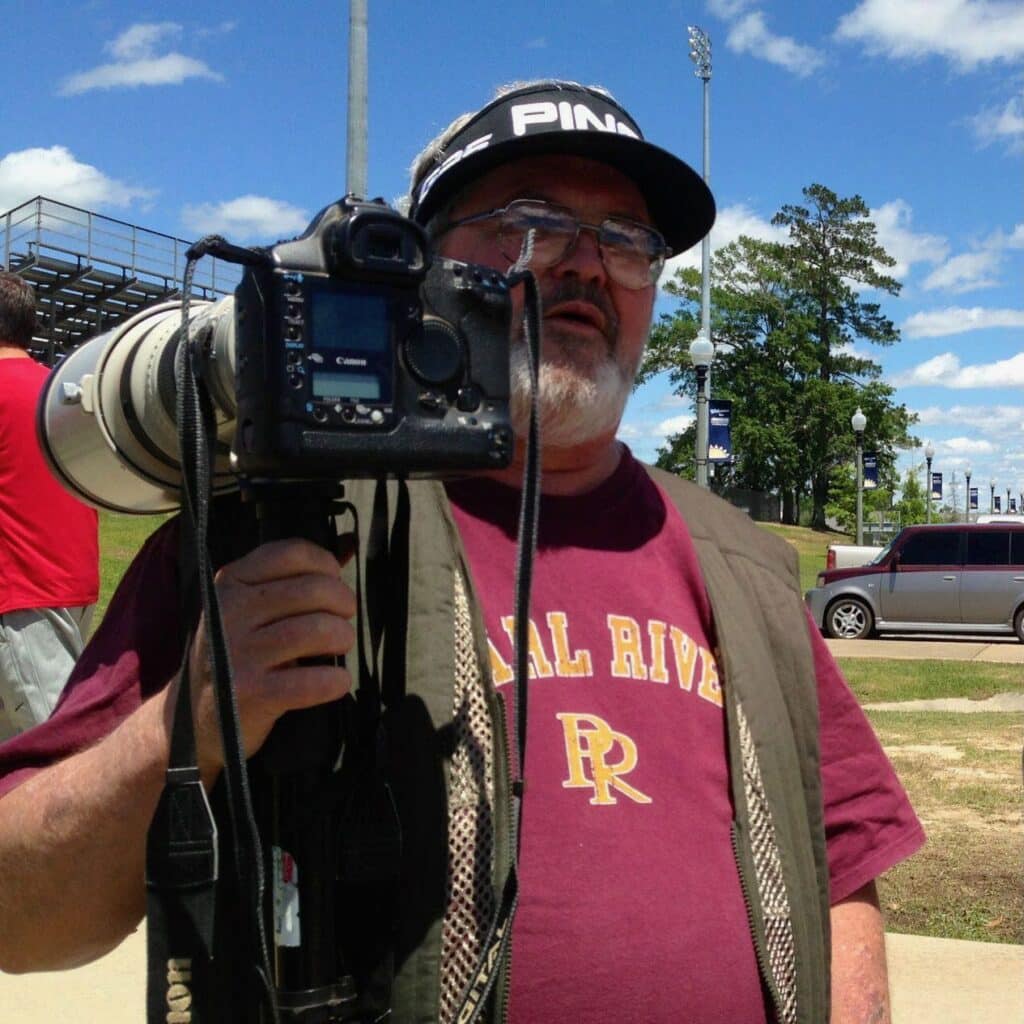Don’t become a lightning statistic
Published 7:00 am Tuesday, June 19, 2018
By Skip Rigney
American summers bring the chance of thunderstorms, and that’s especially true in the southeastern United States. Even though these common weather systems get their name from the harmless rumbling sounds they produce, their real threat comes from the phenomenon that causes the thunder.
Over the past 10 years, lightning has killed an average of 27 Americans annually. Last year lightning killed 16, which was a record low, injured 86, and did over $16 million dollars of property damage according to the Natural Hazard Statistics compiled by the National Weather Service. (http://www.nws.noaa.gov/om/hazstats.shtml)
Trending
Florida’s five fatalities last year were more than in any other state. In fact, Florida has the unenviable distinction of leading the nation every year in deaths due to lightning.
Florida sees more lightning than almost anywhere else in the United States. Thunderstorms on average occur over 70 days per year in most of the Sunshine State. Add a population of 21 million people, which is nearly three times the combined populations of Mississippi and Louisiana, mix with plenty of opportunities for outdoor activities, and you are almost assured that some people will be killed by lightning each year.
But, guess what region is essentially tied with Florida for the number of thunderstorms and lightning flashes per square mile per year?
Along the Gulf Coastal Plain stretching from near Mobile, across the coastal counties of Mississippi, and throughout most of southeast Louisiana, an average of 20 to 30 cloud-to-ground lightning flashes occur per square mile per year. That’s according to data from 2008-2017 from the National Lightning Detection Network analyzed by the Vaisala Corporation.
Pearl River County adjoins this lightning hot strip with between 15 to 20 cloud-to-ground lightning flashes per square mile per year. That translates into a total of about 15,000 flashes per year in our county. Last month John Jensenius, an NWS lightning safety specialist, published a review of lightning deaths in the U.S. for 2006-2016. He found that ten primary activities contributed to nearly half of the 376 lightning deaths during this period. According to Jensenius, “Fishing was, by far, the most deadly activity, accounting for slightly less than 10% of the total lightning deaths. It was followed by beach activities, camping, farming/ranching, boating, riding a bike/motorcycle/ATV, social gatherings, soccer, walking to or from the home or vehicle, yard work, and hiking.”
Statistics show that being outside in open areas or under a tree are the wrong places to be when lightning is in the area. Jensenius reported that “Based on the media reports of the fatal incidents, many victims were either headed to safety at the time of the fatal strike or were just steps away from safety.”
Trending
Most of us learned that if we see a flash of lightning, count the number of seconds until we hear thunder, then divide the number of seconds, we can estimate the distance in miles between us and the lightning.
That may be an interesting calculation, but cloud-to-ground strikes have been documented to occur as far as 25 miles from the main thunderstorm cloud. If you see lightning or hear thunder, you are at risk. It’s time to get indoors or take shelter inside a car or truck as quickly as possible.





